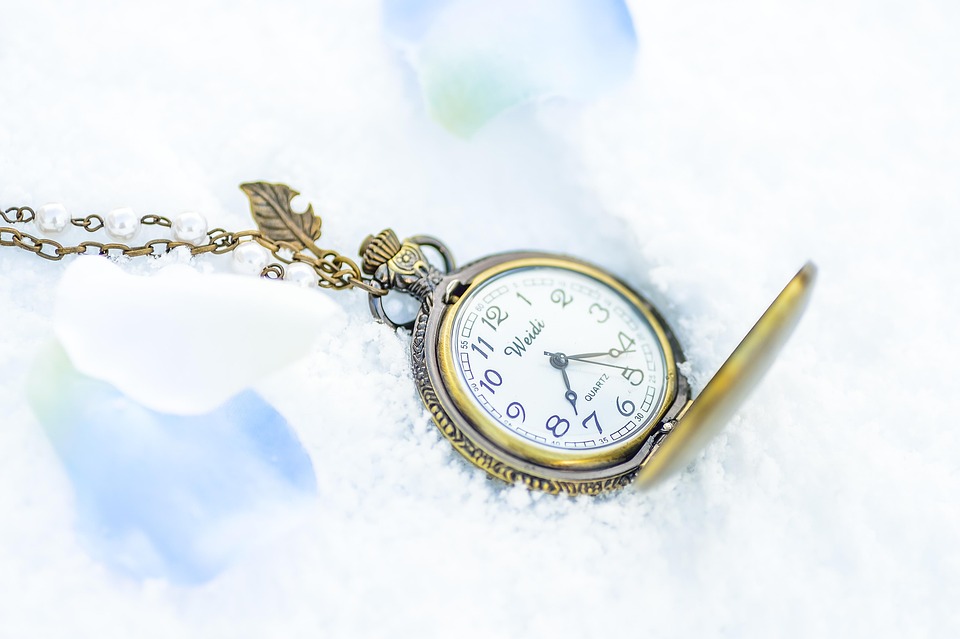In recent years, collectible merchandise has surged in popularity, captivating audiences of all ages and backgrounds. From limited-edition sneakers to exclusive comic book figurines, the market has seen an explosion of interest, driven by a combination of nostalgia, community, and the thrill of investment. As we delve deeper into this phenomenon, it’s clear that collectible merchandise is not just a fleeting trend. It’s a cultural shift that is here to stay.
The Nostalgia Factor
One of the primary drivers of the collectible craze is nostalgia. Many individuals are drawn back to their childhoods through memorabilia related to their favorite movies, shows, or games. This emotional connection is powerful; items like vintage toys, classic action figures, or retro gaming consoles can evoke cherished memories. Brands have cleverly tapped into this sentiment by reissuing classic items or creating entirely new lines inspired by beloved franchises. The result is a thriving market where nostalgia fuels sales, keeping collectors engaged and eager for the next drop.
Community and Social Engagement
Collecting is often a social endeavor, one that fosters a sense of community among enthusiasts. Online forums, social media groups, and conventions provide spaces for collectors to share their passions, trade items, and showcase their collections. Platforms like Instagram and TikTok have further amplified this sense of community. Collectors find joy in sharing their latest finds, providing tips for others, and building connections with like-minded individuals. This social aspect enhances the overall collecting experience and strengthens ties among fans, making the hobby more appealing and sustainable.
The Investment Angle
In an era where traditional investment avenues can feel uncertain, collectible merchandise has emerged as a viable alternative. With some items appreciating significantly over time—think rare Pokémon cards or limited-edition sneakers—collectors are increasingly viewing their hobby as a way to diversify their portfolios. The rise of auction sites and resale platforms has made it easier than ever to buy, sell, and trade collectible items, transforming what was once a casual hobby into a serious investment strategy. As the market matures, collectors are armed with resources and information that empower them to make informed decisions, cementing the notion that collectibles can yield substantial financial returns.
Collaborations and Limited Editions
The rise of collaborations between brands and artists has also catapulted collectible merchandise into the mainstream. From streetwear collaborations in the sneaker world to limited-edition merchandise tied to movie releases, these partnerships create buzz and excitement. The scarcity of limited editions often drives demand, as collectors understand that missed opportunities may never be available again. Brands have adeptly harnessed this strategy, often releasing products in small quantities or time-sensitive drops, making the act of collecting a thrilling chase rather than a mundane purchase. This scarcity mentality ensures sustained interest and participation in the collectible market.
Evolving Technology
The digital age has transformed the collectibles landscape significantly. Non-fungible tokens (NFTs) have revolutionized the concept of ownership and authenticity in the collectibles market. Virtual items, from digital artwork to virtual trading cards, have carved out a niche for collectors who may not have the space or means for physical items. Blockchain technology provides a level of security and provenance that appeals to investors and collectors alike, ensuring that the items they own are unique and verified. As technology continues to evolve, the collectibles landscape is likely to expand further, incorporating augmented reality, virtual environments, and more.
Lasting Appeal
As trends come and go, collectible merchandise stands out as a cultural touchstone that embodies community, nostalgia, and investment potential. The massive engagement of fans during conventions, online interactions, and dynamic marketplaces underscores the inherent value of these items beyond their physical presence. Collectible merchandise not only provides emotional satisfaction but also fosters connections among individuals, guaranteeing its place in the market for years to come.
In conclusion, the rise of collectible merchandise is far more than a mere fad; it is an evolution fueled by nostalgia, community, investment opportunities, and the impact of technology. As collectors continue to seek connection, meaningful experiences, and unique items, the collectible market will likely remain vibrant and dynamic. So, whether you’re a seasoned collector or just starting your journey, there has never been a better time to unpack the hype and engage with the thriving world of collectibles.



